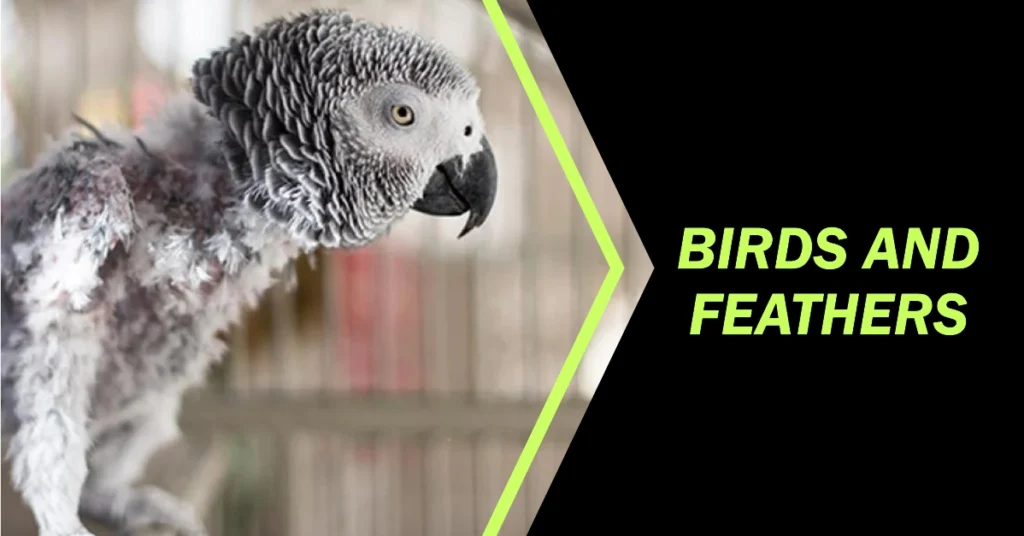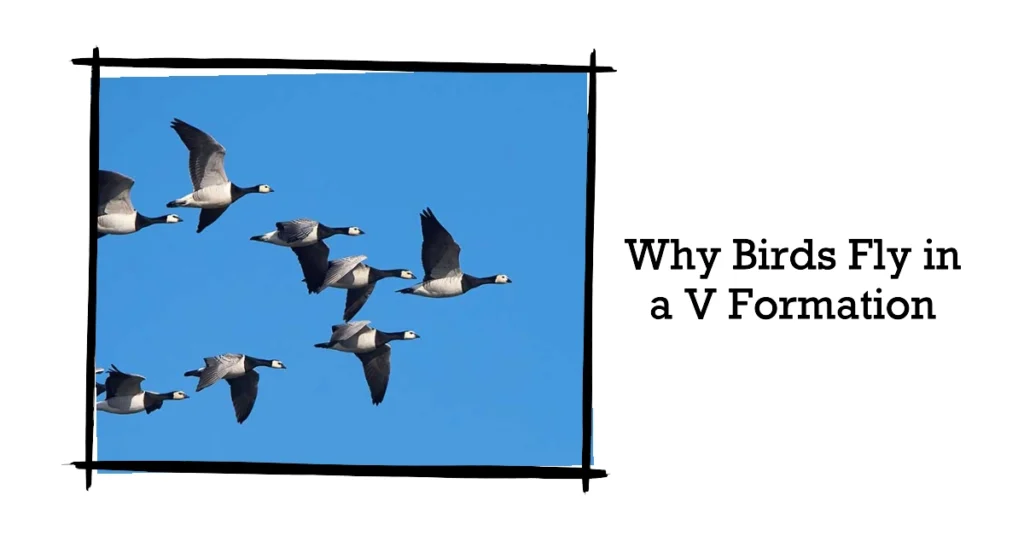For a long time, people thought dinosaurs and birds were completely separate creatures. However, modern scientific discoveries have revealed an incredible truth – birds are actually living dinosaurs! Let’s dive into the fascinating evidence that underpins this evolutionary connection.
Table of Contents
Dinosaurs and the Origin of Birds
Most paleontologists agree that birds evolved from a group of meat-eating dinosaurs called theropods. Famous theropods include the mighty Tyrannosaurus rex and the agile Velociraptor. But birds didn’t descend from those massive carnivores. Their ancestors were much smaller theropod species.
Feathered Dinosaurs and Ancient Birds
One of the most compelling links between dinosaurs and birds is the existence of feathered dinosaurs in the fossil record. For example:
- Archaeopteryx (150 million years ago) is considered one of the earliest birds. It had feathers but also reptilian features like teeth and a bony tail.
- Caudipteryx (125 million years ago) was a small dinosaur covered in primitive feathers, with longer feathers on its arms and tail that may have been used for display.
- Microraptor (125 million years ago) was a small dinosaur that could likely glide using its feathered arms and legs.
These feathered dinosaurs show that characteristics we associate with modern birds, like feathers, first appeared in their dinosaur ancestors tens of millions of years before the first birds capable of powered flight evolved.

Similarities Between Birds and Dinosaurs
Beyond feathers, birds and dinosaurs share many anatomical features:
- Wishbones
- Hollow, lightweight bones
- Three-toed feet
- Egg-laying
- Nesting behavior
- Brooding of eggs and young
These similarities strongly suggest that birds descended from small, feathered theropod dinosaurs.
The Evolutionary Transition to Modern Birds
So if birds evolved from dinosaurs, how did that happen? The fossil record provides clues about the gradual evolutionary steps:
Early Bird Evolution
- Archaeopteryx (150 million years ago) is considered a transitional fossil, being part dinosaur and part bird.
- Over the next 70 million years, early bird groups like the enantiornithines diversified into many species, some flightless and others capable flyers.
- These ancient birds still retained dinosaur features like teeth and clawed wings.
Emergence of Modern Birds
- By the late Cretaceous period (100-66 million years ago), the first representatives of modern bird groups like fowl and waterfowl appeared.
- These Cretaceous birds had more advanced, modern traits like beaks, lighter skeletons, and enhanced flight abilities.
- After the mass extinction 66 million years ago wiped out all other dinosaurs, only birds from these modern lineages survived.
Key Evolutionary Adaptations
Some of the key adaptations that transformed feathered dinosaurs into modern birds include:
- Smaller body size
- Lighter, more hollow skeletons
- Stronger muscle attachment for powered flight
- Loss of teeth and evolution of beaks
- Increased metabolic rate and endothermy (warm-bloodedness)
Over millions of years, small, incremental changes accumulated in the dinosaur lineage that gave rise to birds, allowing them to become highly adapted for flight and aerial life.
The Evidence Today
Today, the evidence solidly confirms that birds are dinosaurs. This includes:
Fossil Evidence



- Hundreds of transitional fossils bridging the gap between non-avian dinosaurs and early birds
- Feathered dinosaurs and early feathered bird ancestors
- Shared skeletal traits between advanced theropods and primitive birds
Genetic Evidence
Analysis of molecular evidence from DNA shows that birds are genetically nested within the dinosaur family tree, most closely related to dromaeosaurid and troodontid theropod dinosaurs.
Behavioral Evidence
Many behaviors in modern birds, like brooding of nests, can be traced back to similar behaviors preserved in dinosaur fossils like the oviraptorids.
Dinosaurs Today
With all this evidence, scientists now view birds as a living, surviving lineage of feathered, bipedal dinosaurs. When you see a pigeon, sparrow, or eagle, you are quite literally looking at a modern dinosaur!
The table below summarizes some key similarities between birds and their dinosaur ancestors:
| Feature | Birds | Dinosaurs |
|---|---|---|
| Feathers | Yes | Many theropod dinosaurs had feathers or protofeathers |
| Wishbones | Yes | Found in many theropod and other dinosaur fossils |
| Egg-laying | Yes | Dinosaurs laid eggs with hard shells |
| Nesting Behavior | Yes | Nesting/brooding behavior seen in some dinosaur fossils |
| Warm-blooded | Yes | Evidence suggests many dinosaurs were warm-blooded |
| Bipedal | Yes | Theropods were bipedal |
| Hollow Bones | Yes | An adaptation that helped dinosaurs breathe better |
Conclusion
While it was once unthinkable, the evidence is clear – birds are the last living lineage of dinosaurs. From their feathered ancestors to their warm-blooded biology and nesting behaviors, birds carry on an evolutionary legacy stretching back over 150 million years to the time when dinosaurs ruled the Earth. So embrace your inner dinosaur watcher – those pigeons in the park are essentially modern, feathered theropods!
FAQs:
Q: What evidence supports the idea that birds are dinosaurs?
A: This answer is accurate. Fossil evidence shows many shared features between birds and theropod dinosaurs, including feathers, hollow bones, hip structure, and more. This evidence strongly supports the evolutionary link between dinosaurs and birds.
Q: Are all birds considered living dinosaurs?
A: Yes, this answer is correct. The current scientific consensus is that all modern birds are descended from a group of theropod dinosaurs, making them essentially living dinosaurs. Birds are classified as avian dinosaurs.
Q: How did the transition from dinosaurs to birds occur?
A: The answer accurately describes the gradual evolutionary transition from certain theropod dinosaurs to birds over millions of years. Key transitional fossils like Archaeopteryx show a mix of bird-like and dinosaur-like traits.
Q: Did all dinosaurs evolve into birds?
A: Correct, only a specific lineage of theropod dinosaurs gave rise to birds. Most other dinosaur groups, like sauropods and ornithischians, went extinct without leaving descendants.
Q: How did the mass extinction event affect the dinosaurs and the emergence of birds?
A: This answer is accurate. The end-Cretaceous extinction wiped out most dinosaurs, but some bird-like dinosaurs survived and gave rise to modern birds in the aftermath. The extinction allowed birds to diversify into new niches.
Q: What features do modern birds share with their dinosaur ancestors?
A: The shared features listed, including hollow bones, feathers, shoulder joint, and lung structures, are correct and demonstrate the anatomical similarities between birds and their theropod ancestors.
Q: Are there any dinosaurs that were very bird-like before birds evolved?
A: Yes, the answer correctly identifies several bird-like non-avian dinosaurs such as Archaeopteryx and maniraptoran dinosaurs that had feathers and other avian features before the appearance of modern birds.
Q: Why do some scientists argue that birds aren’t really dinosaurs?
A: The answer is mostly accurate. While there is some minor debate based on differing classification schemes, the overwhelming evidence from fossils and genetics has led to the scientific consensus that birds are a living lineage of dinosaurs.








